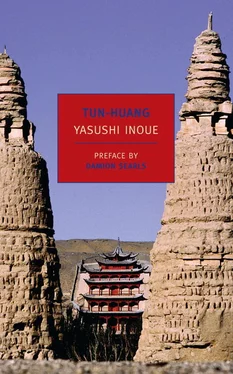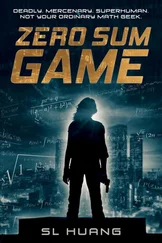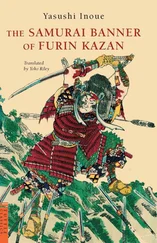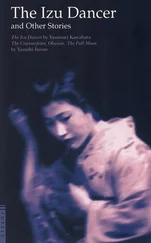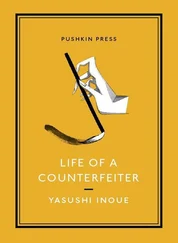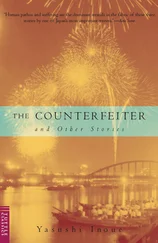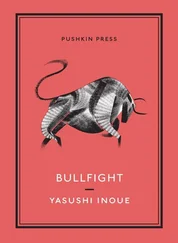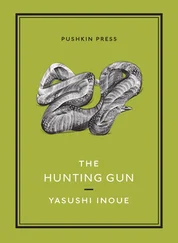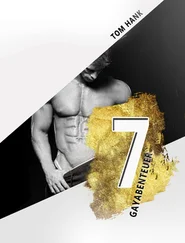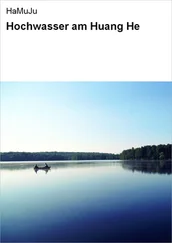No further historical background is needed to enjoy Tun-huang , since the book itself and Inoue’s preface give all the necessary information and the history they present is substantially accurate by the standards of today’s scholarship. It is true that sources other than the official Chinese histories would be less inclined to call all non-Chinese peoples “tribes,” or refer to Yüan-hao conquering a few large prefectures in what is now northwest China as “conquering Central Asia”; it may also be worth noting that the Uighurs mentioned in the book were not the same as the Uighur people of today, though some of them may have been the ancestors of today’s Uighurs. The Islamization of Central Asia had proceeded west of the Pamirs, and east of them only in the great oasis cities of Kashgar and Khotan at the western end of the Tarim basin, thus Inoue is mistaken when he writes that “the Muslims” invaded the Tun-huang area from the west — Khotan was growing into an important power, but its political ambitions in that period lay westward, not east toward China. Such quibbles aside, Inoue’s historical narrative is perfectly reliable. 7
It is also enchanting fiction, and I encourage anyone who has not yet read the novel to skip the rest of this preface and fall under its spell for yourself. It opens in a classic mold — young hero from the provinces shows up to make his name in the capital — when suddenly he falls asleep in the sun. His dream is a clever way for Inoue to give the necessary exposition, and when the hero wakes up it is a different book — a novel’s dream-world. Hsing-te is no longer strong and super-competent, as he is said to be before his exams, but physically weak and psychologically adrift. The battle scenes exemplify his new life: he slings the stones he has and then faints, tied to his horse, leaving the rest to fate. Like Stendhal, Inoue uses war not as a canvas for the hero’s expression of purposeful, heroic free will but to show how larger forces utterly overwhelm our puny claims to individual choice and meaning. Unlike Stendhal, though, Inoue doesn’t seem to see a conflict between greater forces and human action: Hsing-te feels carried along by fate, and at several key moments in the book he changes his mind for no reason, in a way that makes him seem absolutely real. Near the end, wondering why his life had turned out the way it did, “he could think of no undue pressures on him, nor any strong influence other than his own free choice. Just as water flows from higher to lower levels, he, too, had merely followed the natural course of events.… If he could relive his life, he would probably travel the same route given the same circumstances.” The textbook metaphor of determinism is here an image of perfectly free meandering, not opposed to personal choice.
The luminous, gentle tone of these passages is central to Inoue’s art. Leon Picon, in his 1965 introduction to The Counterfeiter and Other Stories , says that “Human pathos and suffering, loneliness and isolation, Oriental fatalism and Buddhistic concepts of predestination form dominant strands in the fabric of virtually all of the writing of Yasushi Inoue,” and while I can’t exactly disagree, I am certainly dissatisfied with the dated clichés, and suspicious of the capitalized Orientalisms on display here. The note in The Shōwa Anthology is surely closer to the center of the truth, characterizing Inoue’s work as “the examination of the faintest ripples of cultural interchange between Japan and the outside world, ripples often created by lonely individuals who remain essentially nameless and faceless in the annals of official history.” I would say — aware that my own reflections will no doubt seem time bound and off-key in a few decades, not to mention the centuries that are Inoue’s usual time scale — that Inoue’s great theme, spanning his historical, contemporary, and autobiographical works, is how the life you lead is not your real life. What we think of as our personal struggles — our decisions, desires, deliberations, the choices we make and the things we do — are less real, less to be trusted, and perhaps ultimately less important than the wider forces of historical destiny or the cultural past or the way we started to feel as a child, or simply the fact that other people are not who we think they are, and nor are we.
The challenge of any historical fiction — especially a book structured like this one, leading up to an important historical event that readers know about before they begin — is how to make the story nonetheless feel like life. (If there is anything essential to the experience of living your life, it is that you don’t know what will happen next.) Near the end of the book, transporting the library of scrolls to the cave, Hsing-te looks at “the sight of sixty large [camels], each loaded down with scrolls and documents, advancing across the moon-bathed desert,” and finds “something moving” about the vision, though he “could not define why it was so. He wondered whether it might be that he had been wandering around the frontier regions for years just for this night.” In a certain literal sense, he’s right: Inoue did build a whole book of Hsing-te’s wanderings just to get him to that night. Yet somehow Hsing-te and history itself have kept their freedom, their feeling of choice and drift and life, throughout this remarkable novel.
— DAMION SEARLS
1 The Counterfeiter and Other Stories (Tuttle, 1965), p. 9; Tun-huang , p. xxii, below; The Roof Tile of Tempyō (University of Tokyo Press, 1975), p. xvi; The Shōwa Anthology: Modern Japanese Short Stories (Kodansha International, 1985), p. 247.
2 Schwarze Flut , translated by Otto Putz (Suhrkamp, 2000), quotations from pp. 21 and 176; my translation from German.
3“Les roseaux,” in Combat de taureaux: nouvelles , translated by Catherine Ancelot (Stock, 1997), p. 179; my translation from French.
4James T. Araki, translator’s introduction to The Roof Tile of Tempyō , p. xiv. Apparently, Inoue was allowed to return to Japan due to athlete’s foot. On November 2, 2009, the Chinese People’s Daily Online reported that Inoue’s wartime diaries had been discovered in his widow’s house after her death, but there does not seem to be any other information available about his wartime activities.
5“Briefan Iasushi Inoue,” dated March 14,1988, in Langsam im Schatten (Suhrkamp, 1992), pp. 62–63, quotation from p. 62; my translation.
6The story can be found in The Shōwa Anthology , translated by Stephen W. Kohl, pp. 246–68, quotations from pp. 254–55 and 268.
7My thanks to Jonathan Lipman, Professor of Asian Studies at Mount Holyoke College, for the historical information in this paragraph.
The novel Tun-huang was originally published in 1959 as a five-part serial in the literary magazine Gunzo . Although nearly twenty years have passed since then, I still have not set foot in Kansu Province, China, the setting of the novel. Moreover, not a single contemporary Japanese scholar has ever been to Tun-huang, although in Japan scholarly interest in that city has been so great since the Meiji era (1868–1912) that the term “Tun-huang studies” has come into common use in academic circles.
Last year, in 1977, I journeyed very near: I had the opportunity to visit Sinkiang (called Hsi-yü in ancient times), the Uighur autonomous region bordering Kansu Province. I could not travel to Tun-huang then, but I may soon have that chance through the generosity of officials of the People’s Republic of China.
Be that as it may, the novel was written without my ever having been to Tun-huang or the Thousand Buddha Caves. It is possible, indeed, that it was written precisely because I had not been there. Logically, this might seem a paradox. It would seem one ought to see the place about which one writes a novel, but inspirationally, it is in fact a different matter.
Читать дальше
